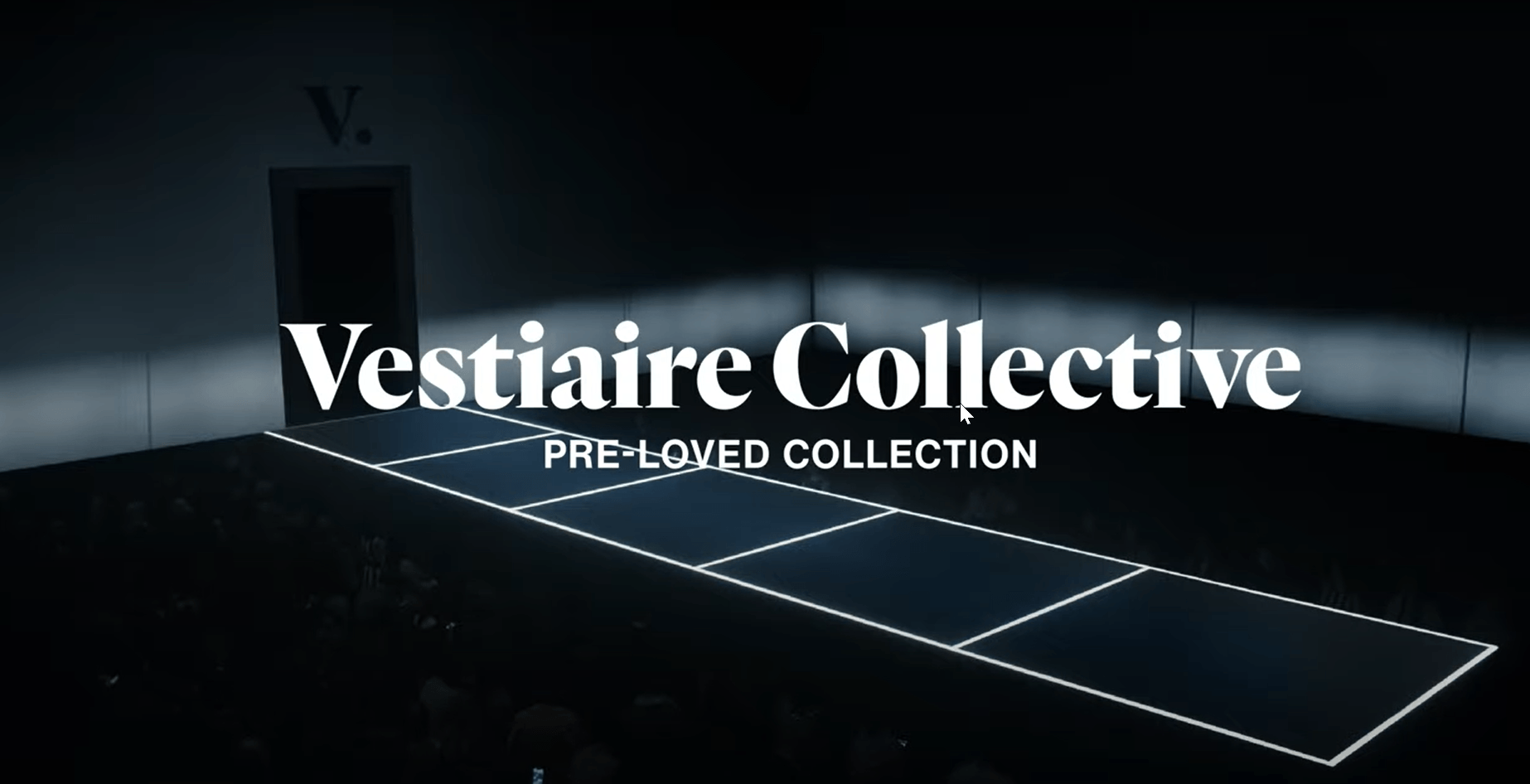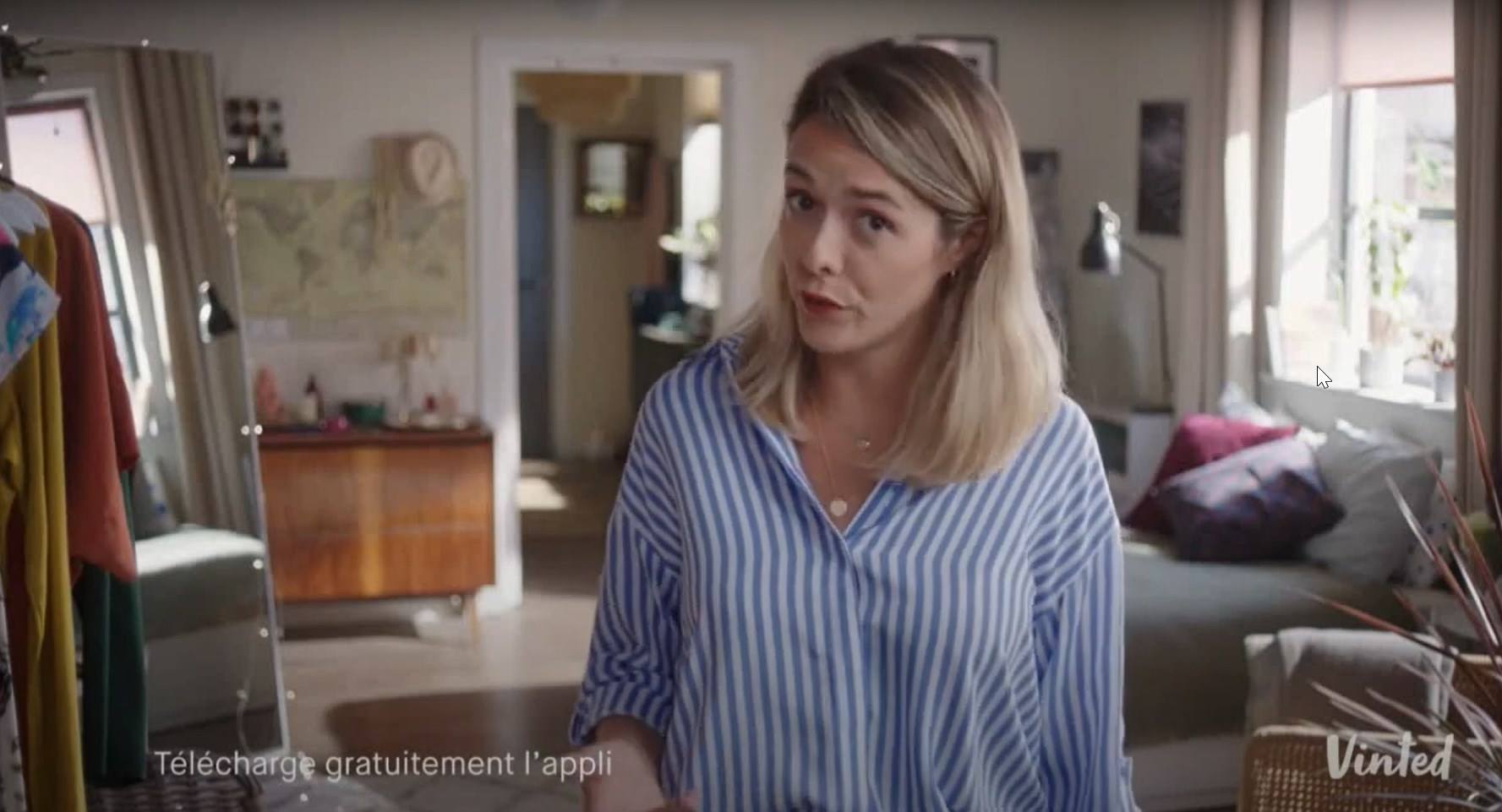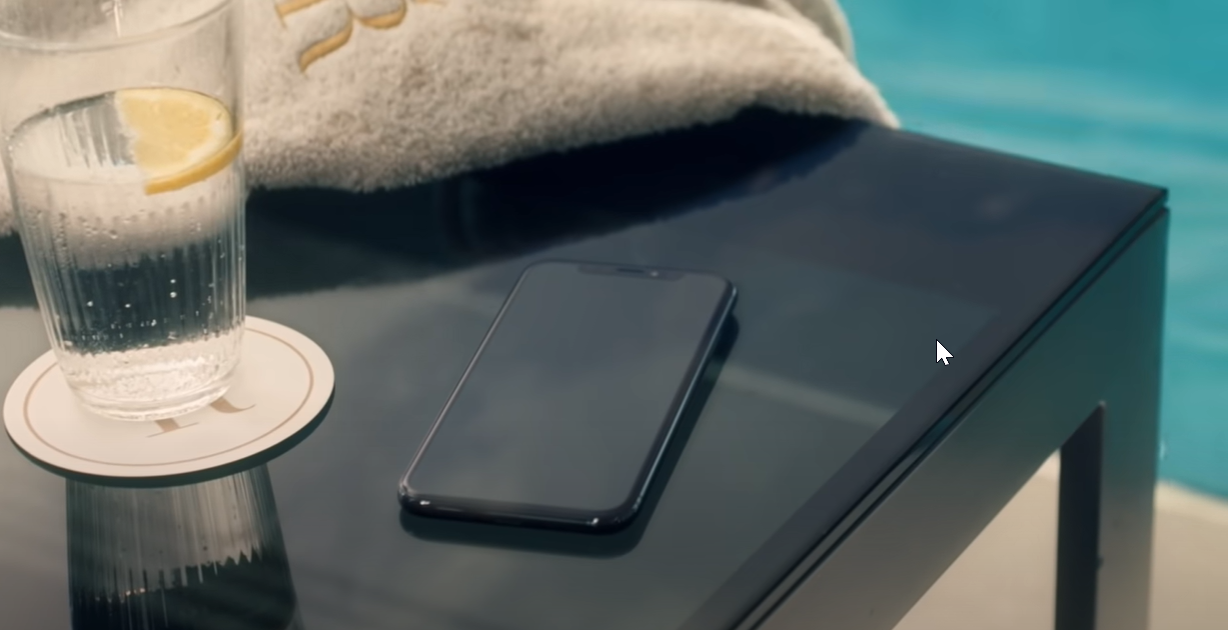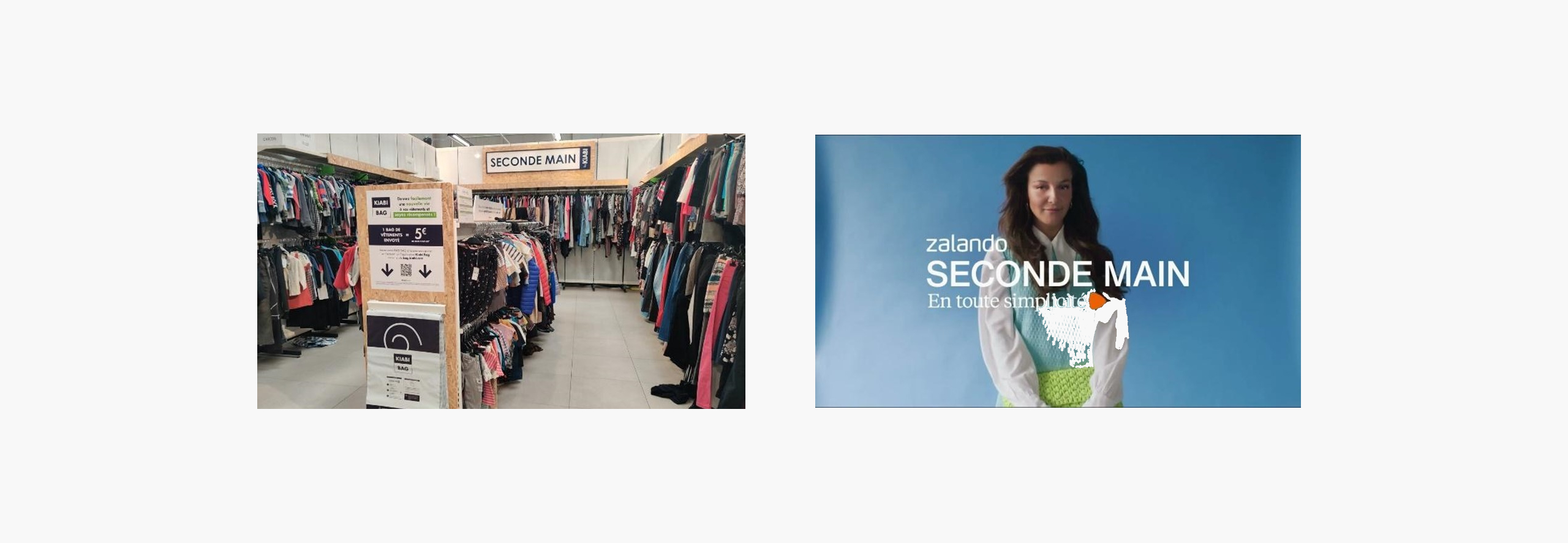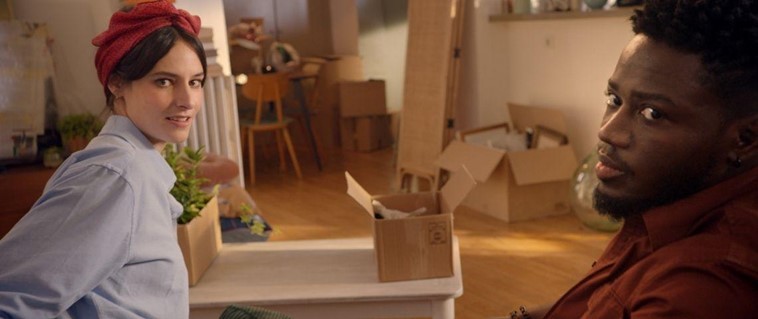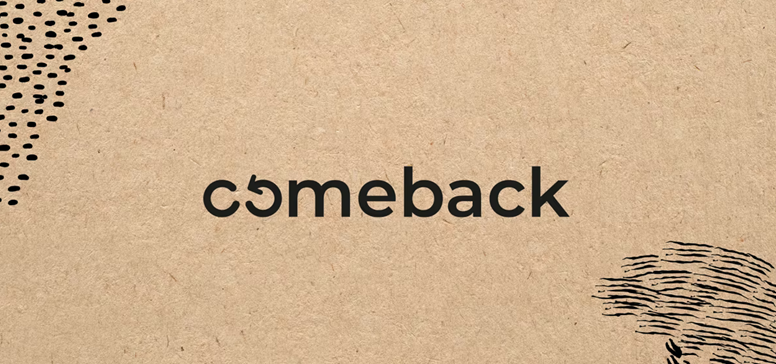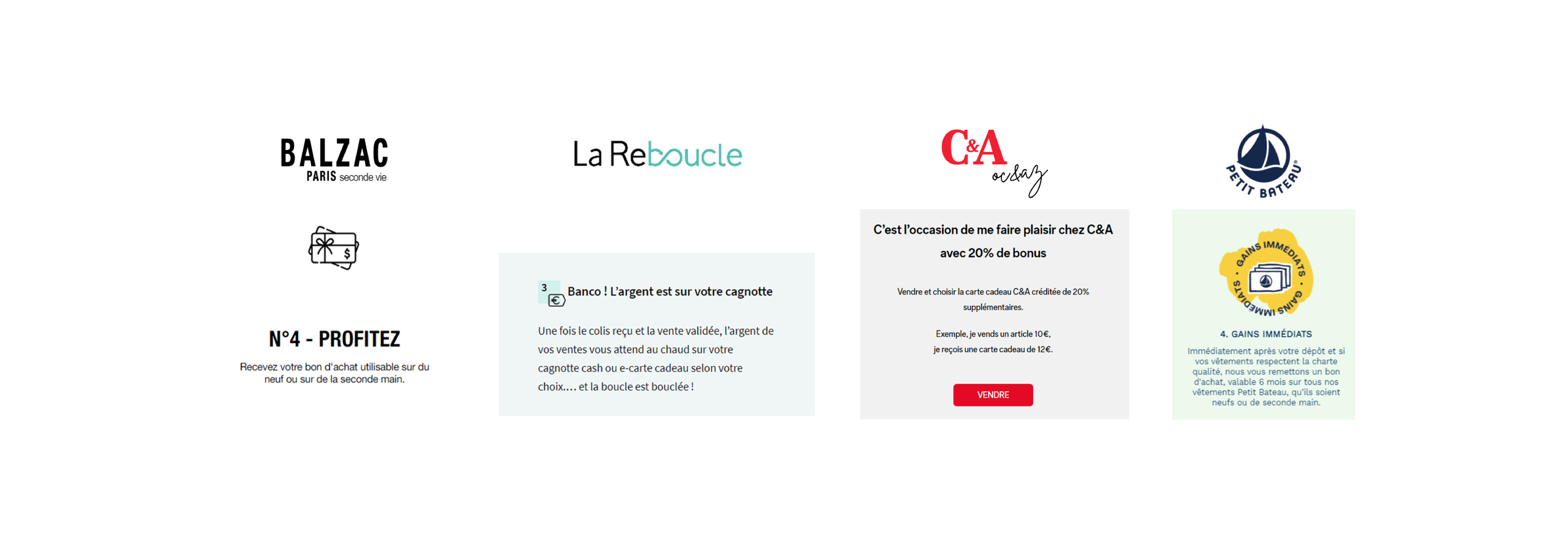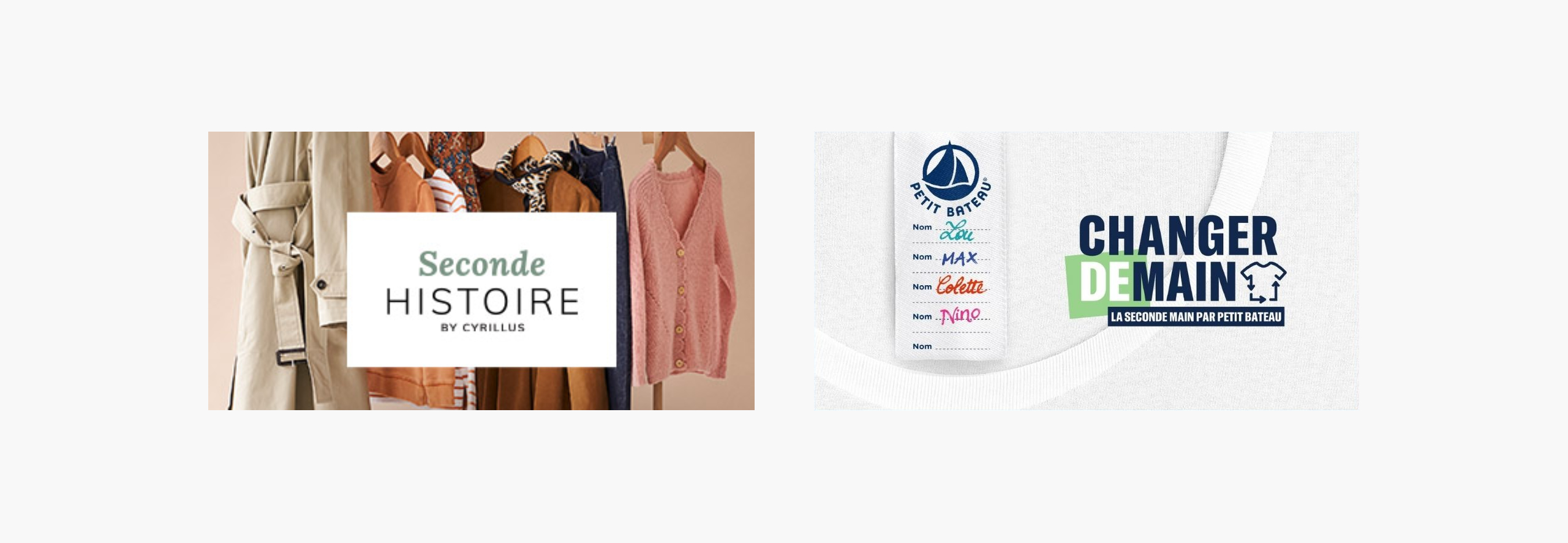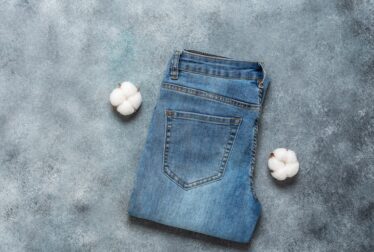Much more than just a passing trend, the second hand is a real change in French consumption:
- Between 2019 and 2021, the number of second-hand purchases in ready-to-wear jumped by 140%
(Natixis Payments Observatory) - In 2021, 91% of French people have already bought a second-hand property
(“ReCommerce 2022” study by WPP & GroupM Business Media Science)
A phenomenon that is growing steadily and goes far beyond the framework of the textile to which it is instinctively attached:
- 71% of French consumers have already purchased second-hand culture & leisure products (books, CDs, DVDs, video games)
(“ReCommerce 2022” study by WPP & GroupM Business Media Science) - 51% of French people are ready to buy a second-hand phone from professionals
(Recommerce Barometer 2022 & Kantar)
What are the motivations driving this market?
The desire to consume better
At first glance, in opposition to overconsumption, the second hand attracts more responsible consumers:
- 36% of consumers of second-hand products cite the conviction of having a good behavior for the environment as one of the main reasons for purchase
(The Cetelem 2022 observatory) - 30% of French people interested in reselling their smartphone do so mainly for environmental concerns
(Recommerce Barometer 2022 & Kantar)
To enhance your personal branding
Second-hand consumption has become a real way to express oneself or even to integrate into a social group.
Every second-hand consumer has a good reason to do so, whether to be at the forefront of fashion, to assert their eco-responsible convictions, to feel unique, this new consumption has evolved into a tool to assert their personal branding.
An insight highlighted in the latest Vestiaire Collective campaign:

